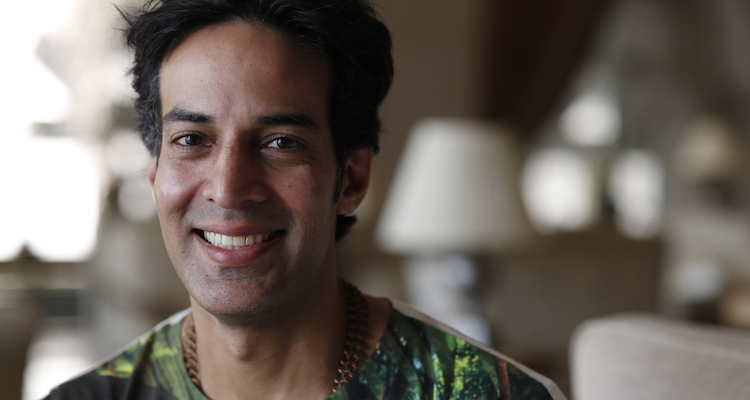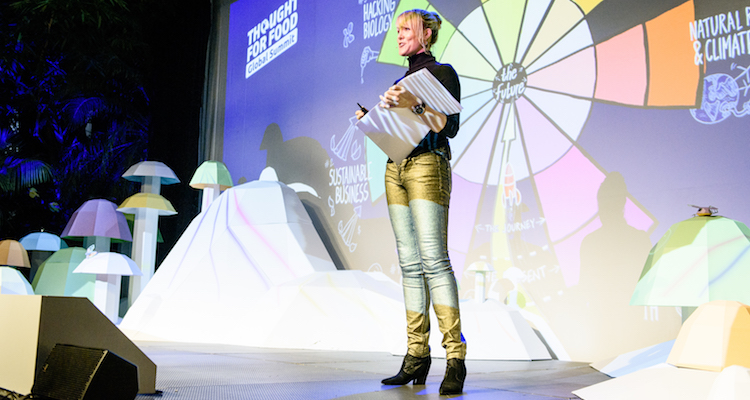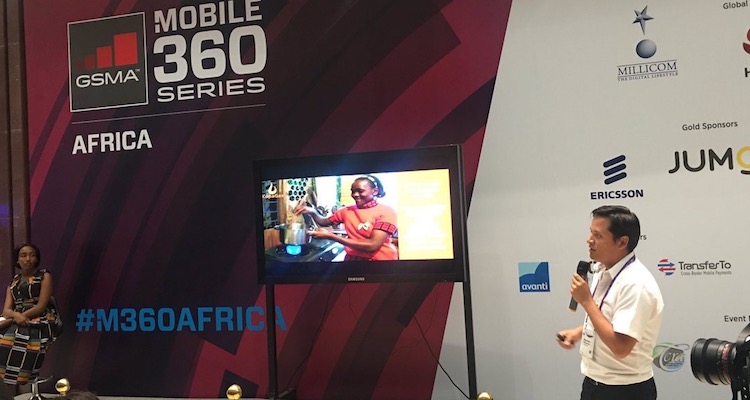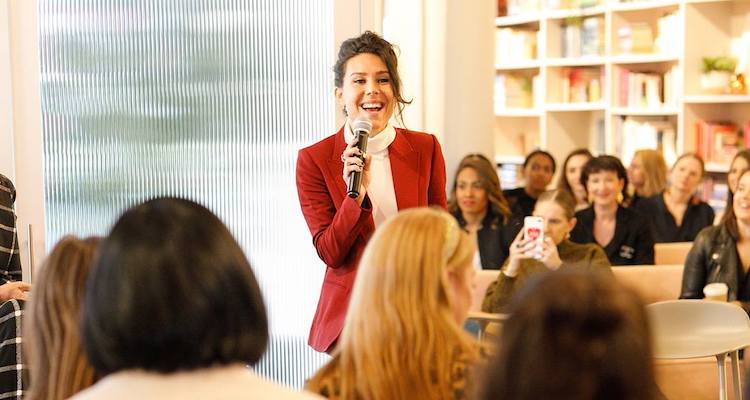Listen Now
I have a confession to make: I’m fairly certain I under-appreciate design. Especially design as the cultural phenomenon it has become in everything from mobile phones to toilets. If you’re paying attention to the same types of feeds as me, (you probably need to get out more) you know that design, as a critical practice for success, has come into its own in a massive way over the past 10 years – ever since Apple took over the hardware space in technology. My guest today for the 133rd Terms of Reference Podcast, Ravi Chhatpar, believes that design also has an important seat at the humanitarian aid and development table. He is one of the co-founders of Dalberg’s Design Impact Group, which is dedicated to helping their clients find creative approaches to breakthrough innovation for social impact. As you’ll hear in our talk, DIG’s process can help lead to better strategies for innovation, user focused products and services and catalyzing unique and creative outcomes from groups. You can connect with Ravi here: https://www.linkedin.com/in/ravichhatpar https://twitter.com/one_ravi
IN TOR 133 YOU’LL LEARN ABOUT
- the value of human-centered design in humanitarian aid
- the value of a common design language to agree on what qualifies as innovative
- the gap Ravi and his partner saw in the field about the several places where design can add value
- how design (just like sustainable development) thrives in interdisciplinary teams and work
- accounts of success by fueling innovation through design: ignore design in your program at your own peril
OUR CONVERSATION FEATURES THE FOLLOWING
Organizations:
- Dalberg Global Development Advisors http://www.dalberg.com/
- Dalberg’s Design Impact Group (DIG) http://www.dalbergdesign.com/
Topics:
- Design
- Design Thinking
- Human-Centered Design
- Team building
- Language, design as language
Places
- London
- South Africa
- Uganda
- Nairobi, Kenya
- Mumbai, India
EPISODE CRIB NOTES
Recorded on Blackout Wednesday 2016 02:59 DIG?Dalberg is a strategy consulting firm with focus on social impact
Inclusion, education, gender empowerment
DIG is a brand new office involving design and innovation
Works around the world
Human-centered design.
Ravi had spent 10 years in design thinking
“Design has so much power and potential, as long as it is perfectly situated or contextualized, to really achieve the impact one is hoping for. This perfect situation does not exist”
Measure and evaluate design in humanitarian intervention
His partner was interested in getting a design focused practice
They started with projects with existing clients
06:24 ConcretesCurrently focusing on Africa’s social inclusion, agriculture and technology
“How can we bring digital services to small farming communities?”
It takes to ensure financing
Also, a design process, where solutions actually see the life and get appropriation
Ravi’s team interacts with the ground
An evaluation process ensues
Long-term project, from initial problem to encompassing solution
Stephen: Does it fall apart when it comes to funding? Large donors do not fund figuring out the problem as you go, trusting a good solution will come up
But this way is the one we think it works. It does require a broader understanding of design, perspectives and uncertainty
A lot of round tables with donors, conversations about design
“I wish development organizations warm up to design sooner”
11:32 Is humanitarian design not human-centered? And can design be humanitarian?The design community has trouble approaching problems with humility
Social enterprises working on the ground do apply human-centered design, maybe with another name, but that’s what it is
Ravi’s team only wants to bring some help, maybe some language, not bringing complete replacements
“There are existing models out there. Let’s understand them, serve them”
“We are failing regularly”. Inventiveness is married with experimentation and failure
Ravi thinks it’s interesting design problems often take the form of multi-year, multi-billion facilities to help development in Africa
This does not seem to match with on the ground experiences and learning
Critical thinking is a way to mesh ideologies and understandings about needs
It helps find common ground, ways out
Ravi tries to bring several philosophical perspectives
Tension is a good thing (as long as design guides the conversation)
“Design is not the answer to all problems”. Interdisciplinarity might be
18:07 Do people see you as a disruptor, and do you embrace it?There are some sectors and clients who appreciate the new, human-centered thinking
Other, closer to traditional processes or healthcare, have implemented parts of it since long
Some think they are innovating when they are not necessarily doing so
A common design language helps people understand what they do, become more willing to achieve something generally understood as tangible
Design’s ultimate goal is to drive change
Some designers and innovators are in fact creating tangible value, but the language chasm keeps their insight away from the community whole, and them away from support and opportunities, to scale up for instance
23:07 Do you have what it takes to drive change from day one?Ravi and Robert (partner) have gained experience in some topics. They are also more experienced to work in some communities (Africa) than others
When it comes to a conversation about domains, Ravi feels he has more knowledge than many and it’s not so hard for him to jump between one another
The focus in building a practice, in terms of design for Ravi, is about team. People who understand design working along with those who understand strategy is key, although some consider this a ‘team of rivals’
“We have a fantastic team, we’re excited about growing it, find the right challenges and culture”
Biggest challenge: keep the team happy. Diversity of backgrounds is critical to sustain experimentation
29:19 Is there a way to standardize human-centered design? Why would we want to?Integration of design in more and more places is always an interesting and welcome prospect
More and more people believe in the opportunities design can bring across many fields and problems
Ravi wants design to be in more and more tables
31:21 Ravi’s who and what“I actively try to avoid the common (online) thinking”
“I work on anticipating trends on my fields”
“The most creative things I find come from rural parts”
Engagement in other contexts: education, environment
“I follow my hunches on significant impact design”




